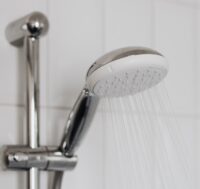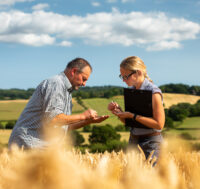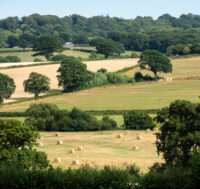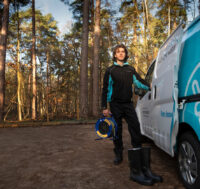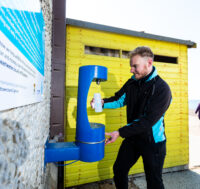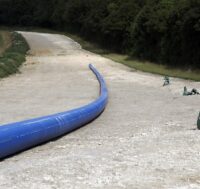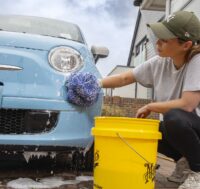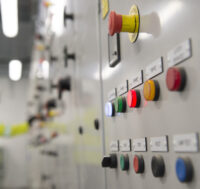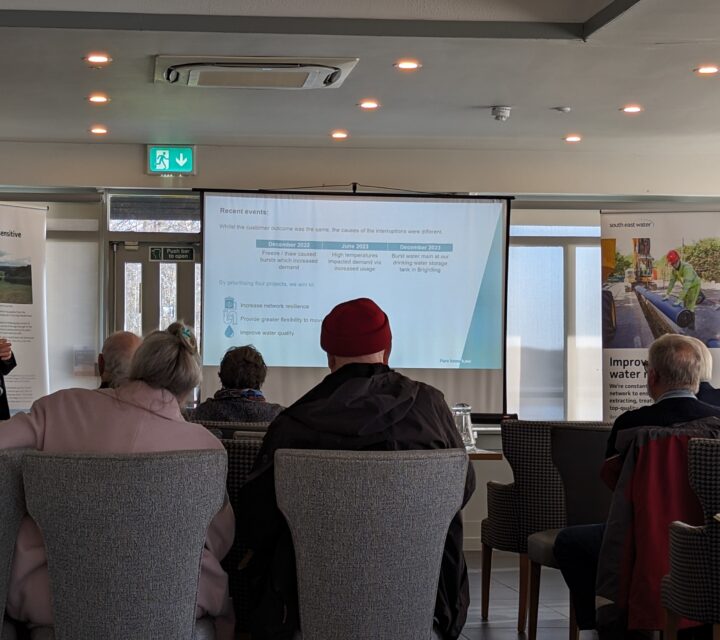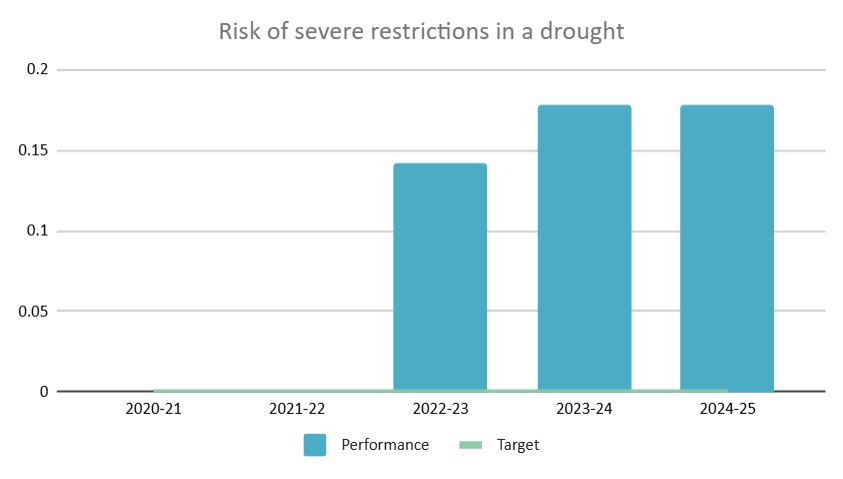
Dry weather (or a drought) is a natural event which happens when a period of prolonged low rainfall creates a water shortage.
There are four recognised forms of Drought; Meteorological, Agricultural, Ecological and Hydrological, of which the later has particular relevance given South East Water’s reliance on both groundwater and surface water resources from where we abstract to meet customer demand.
Environment – rivers, groundwater levels (aquifers), wildlife and habitats
Agriculture – crop production, animal stocks and farming practices (irrigation)
General water supplies – to homes and businesses
Every five years we are committed to updating our statutory Drought Plan, which defines our response both in terms of how we prepare in advance, how we respond during an event and the measures deployed to support recovery post drought. Our current drought plan was published in 2022, and we are now in the process of developing our 2027 Drought plan. We anticipate submitting our draft plan to Defra in October and will be holding a public consultation on the plan during the Winter of 2025/26. We expect to publish our final 2027 Drought Plan in late 2026.
Our target for 2024/25 is to have zero customers impacted by a 1-in-200 year drought.
How have we performed?
Our performance in the year was higher than target with 17.8 per cent of the population at risk of severe restrictions in a drought.
During 2024/25 we experienced a deficit against target headroom in two of our water resource zones around Haywards Heath and Cranbrook/Paddock Wood in the Dry Year Annual Average planning scenario but not in our critical period, the Average Day Peak Week planning scenario.
The reason for the deficit around Haywards Heath was the reduced output from the bulk supply from Southern Water due to the long-term outage at Weir Wood Reservoir, the ongoing upgrade to Forest Row Water Treatment Works, the ongoing work to achieve the planned deployable output from Coggins Mill and the outturn distribution input for the water resources zones. We have reflected the maximum bulk supply available from Southern Water without Weir Wood Reservoir being in service as this was the actual situation in the report year.
The reason for the deficit in the Cranbrook/Paddock Wood water resource zones is outturn Demand Input (DI) being above our WRMP19 forecast DI across the Kent region. There are a few different reasons for this, in particular household and non-household demand increasing above forecast and leakage being above forecast.
















